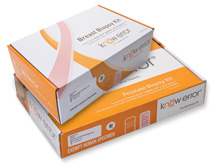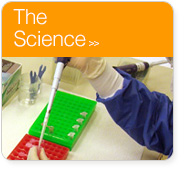Ask for the Know Error test with your Second Opinion.
Confirm your biopsy results are yours:
If your are uncertain or concerned with your diagnosis and it isn’t an emergency, you might consider requesting DNA Specimen Provenance Assay (DSPA) testing. The Know Error DSPA test can confirm that your first opinion biopsy or your second opinion biopsy matches only you and that the diagnosis is exclusively yours–ruling out the errors from switched or contaminated biopsies.
It’s your choice when and if you’ll have surgery and getting a second opinion can help you make a more informed decision about your care. As always with medical care make sure to follow the requirements of your insurance provider when obtaining a second opinion.
Once you have decided on a second opinion your physician might request a re-evaluation of your current biopsy tissue(s) or an additional biopsy to send to the pathology lab for diagnosis. Either way you can be confident that your biopsy results belong exclusively to you by asking for a Know Error DSPA test.
The Know Error DSPA test will compare the DNA profile of your cheek swab taken at your doctor’s visit to the DNA profile of the positive biopsy specimen tissues(s) used in your diagnosis. Matching DNA profiles confirm that the biopsy specimens are free from contamination and belong exclusively to you.
Below is additional information you can download and take to your doctor visit to help explain your request for Know Error and how your physician can order the DSPA test.
Letter to Physician | PDF (18oKB)
Patient Information Card | PDF (1MB)








